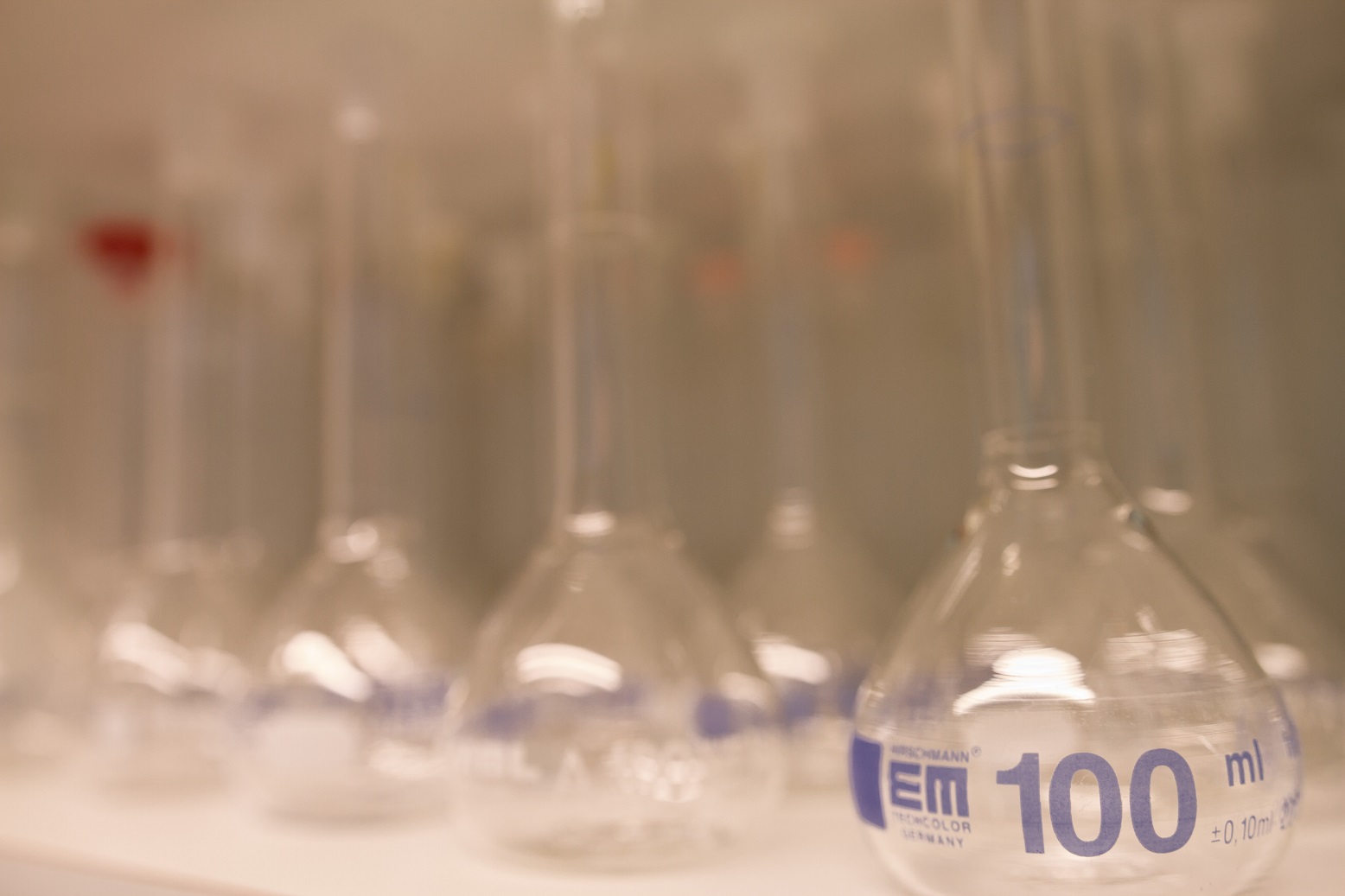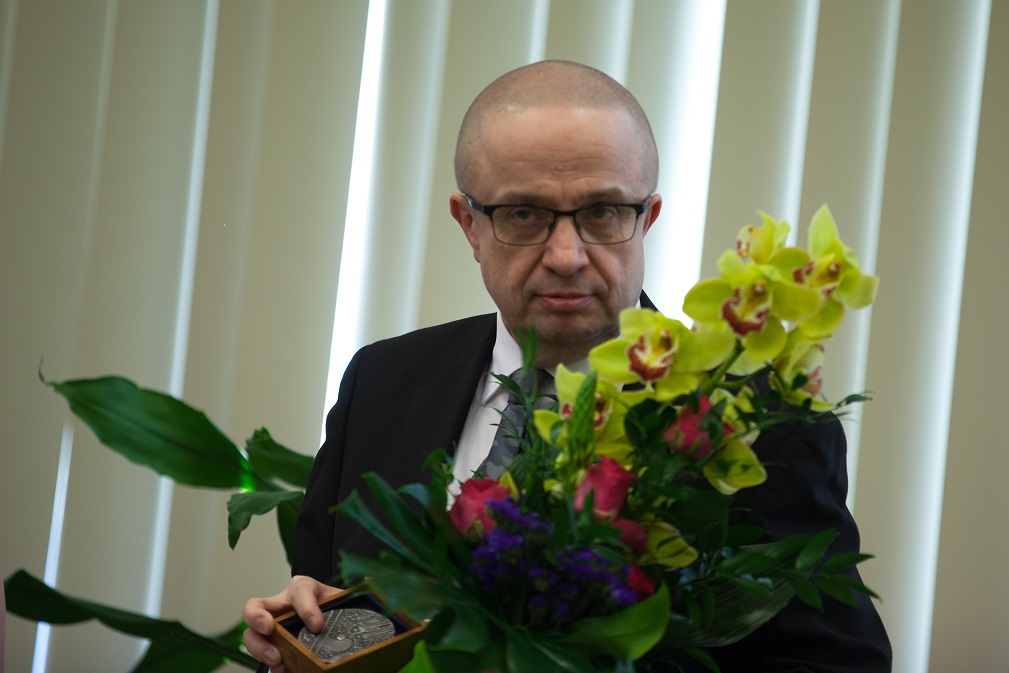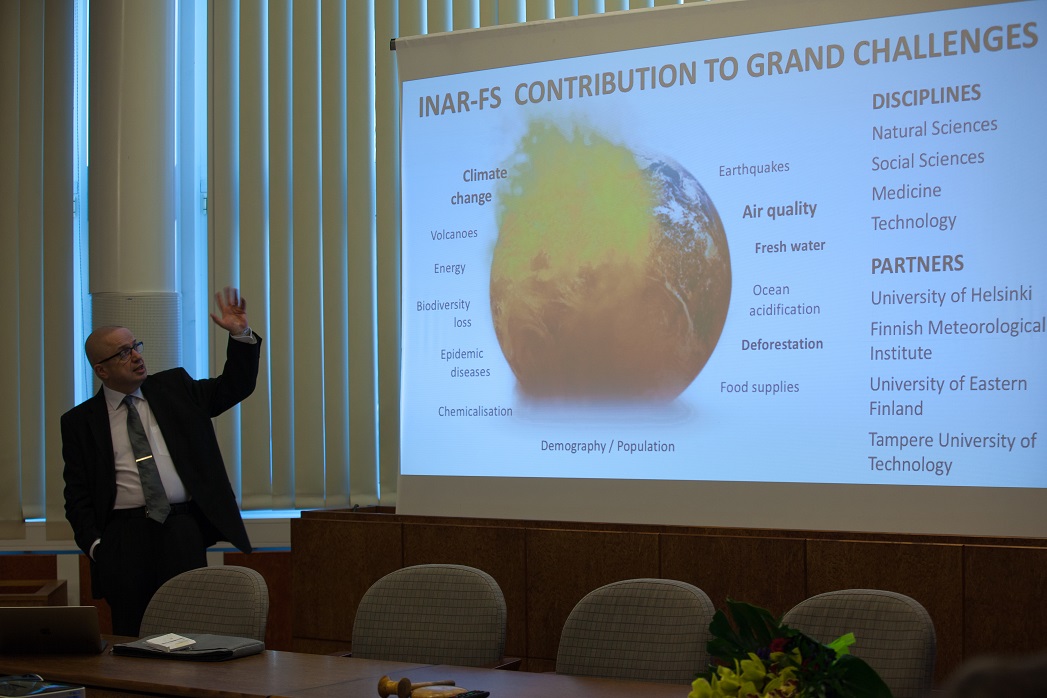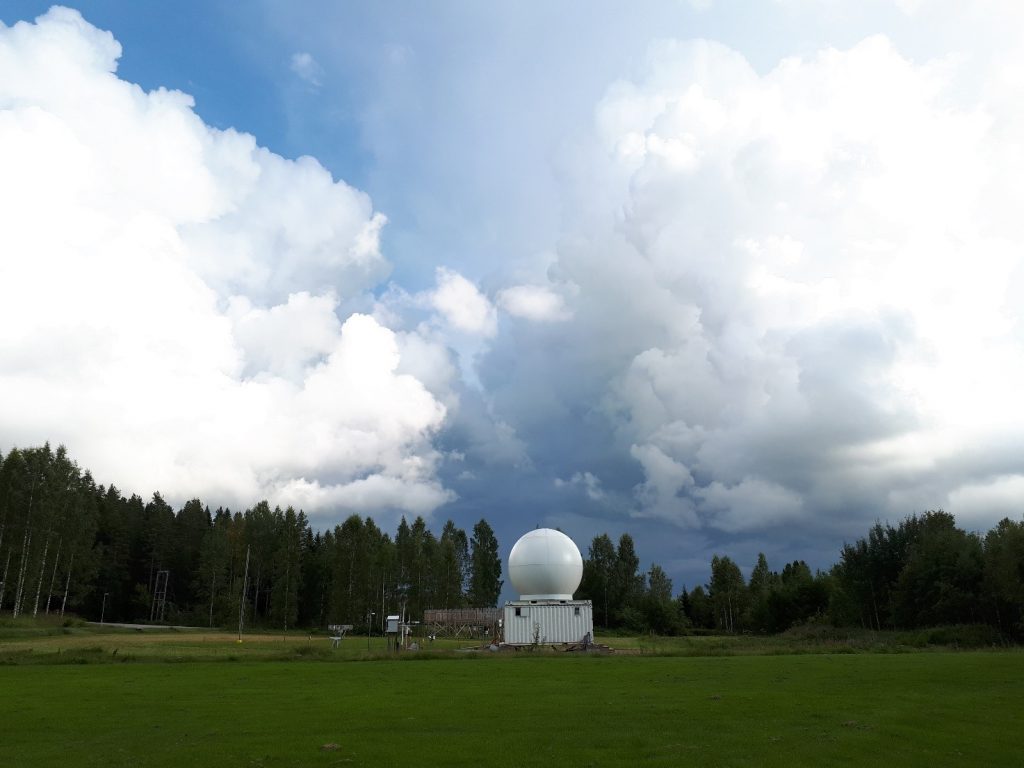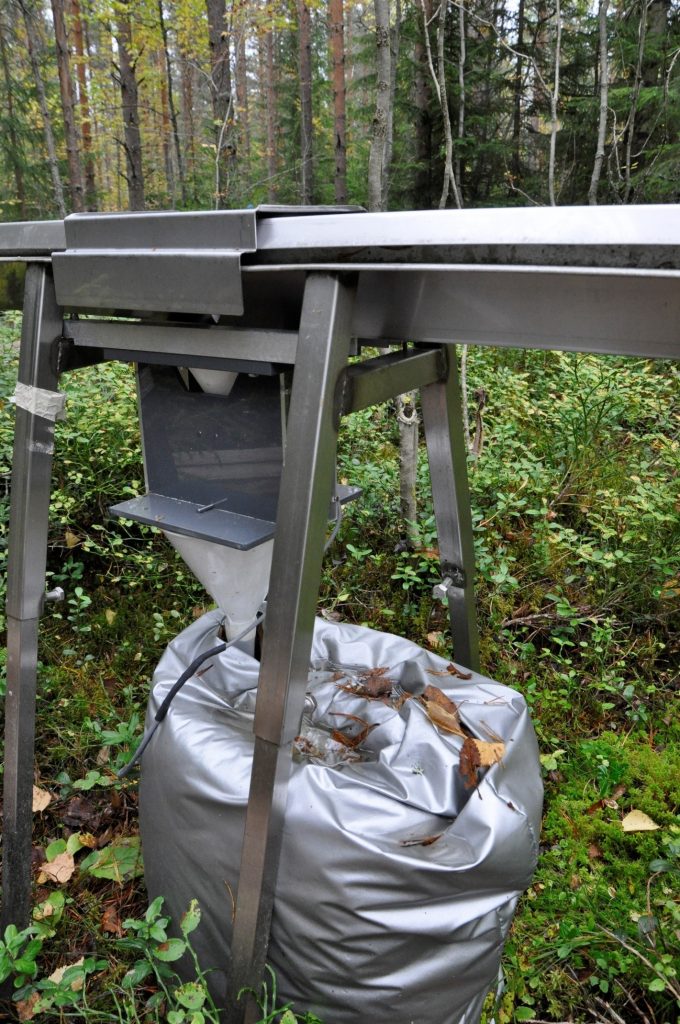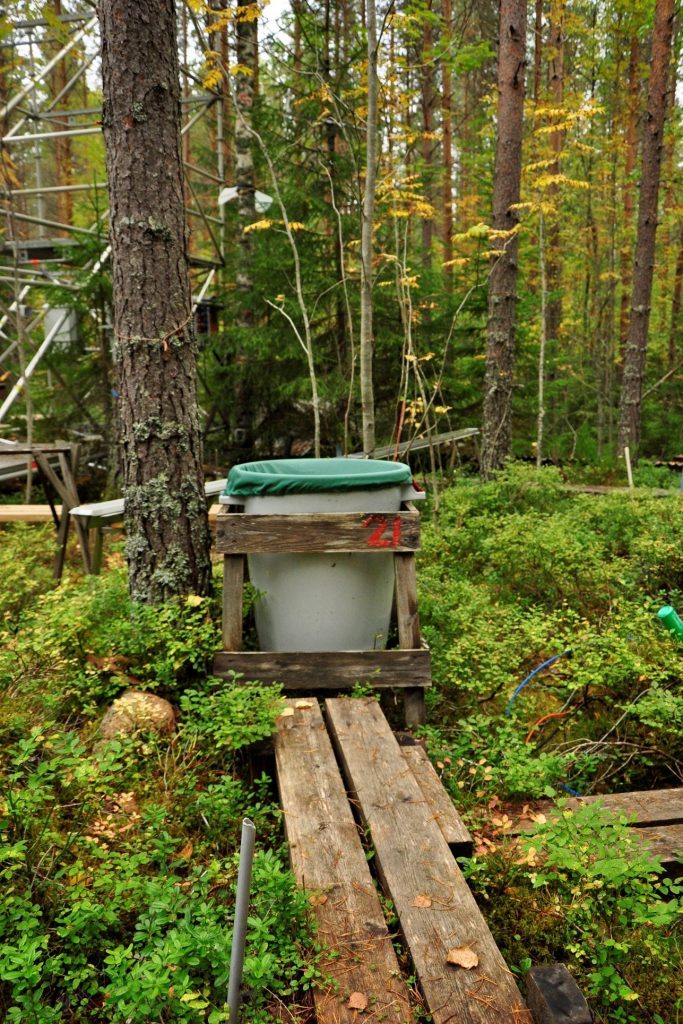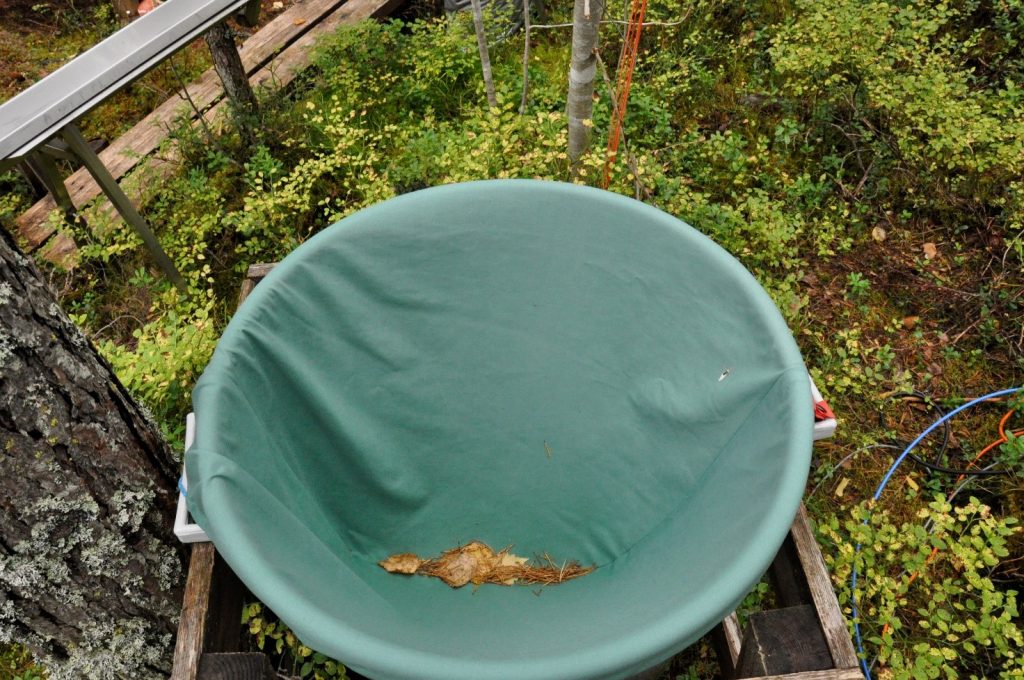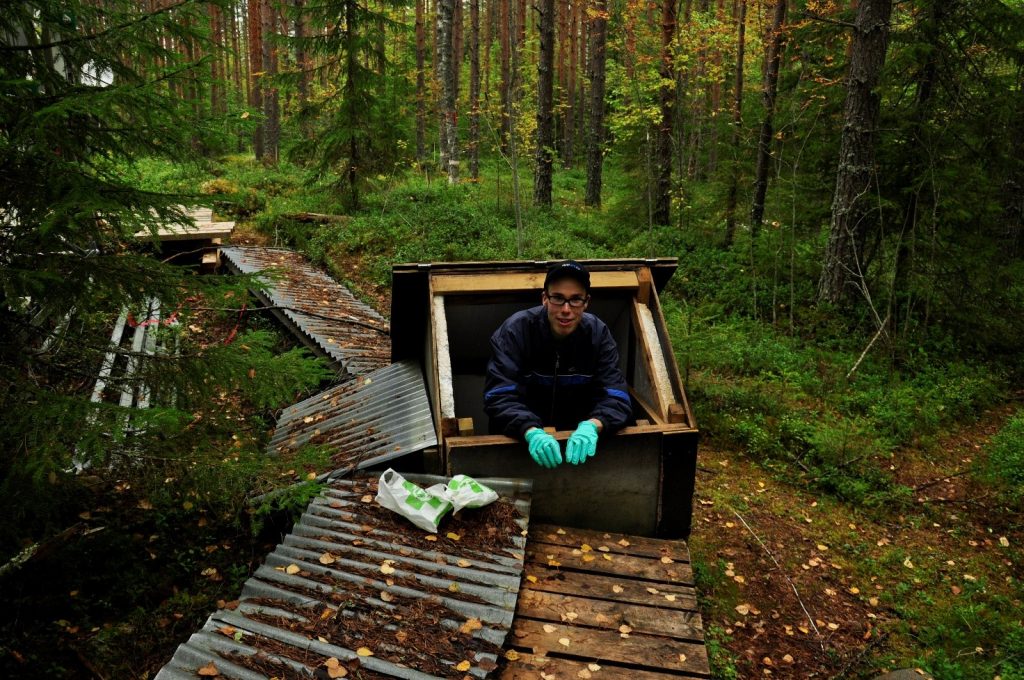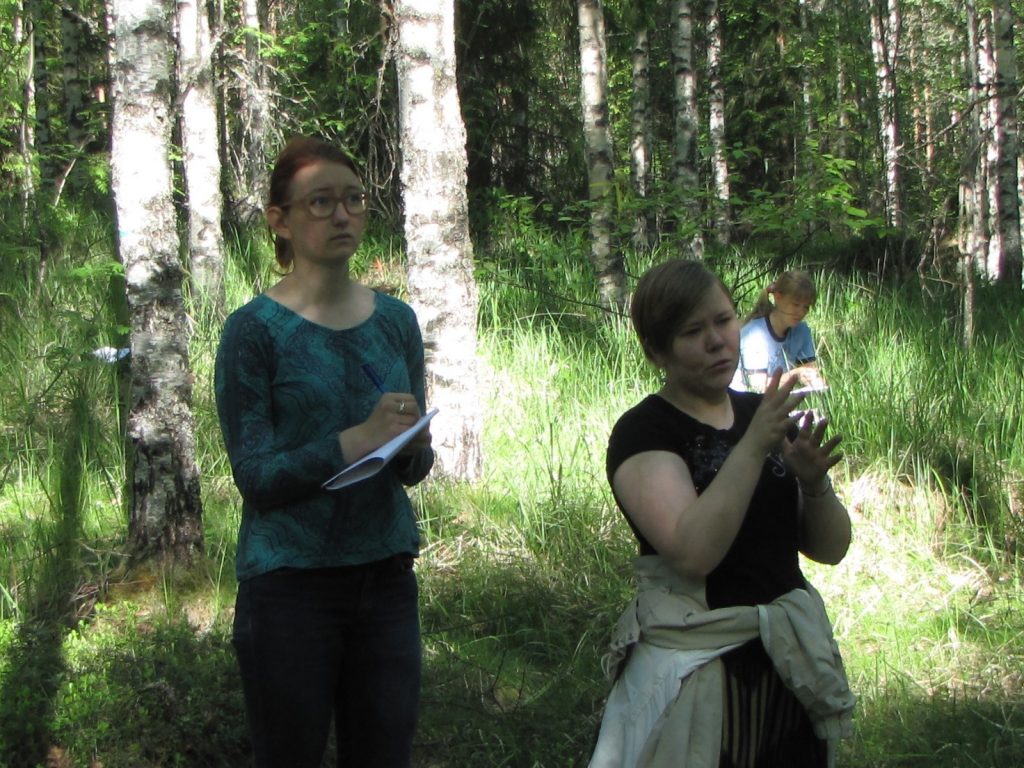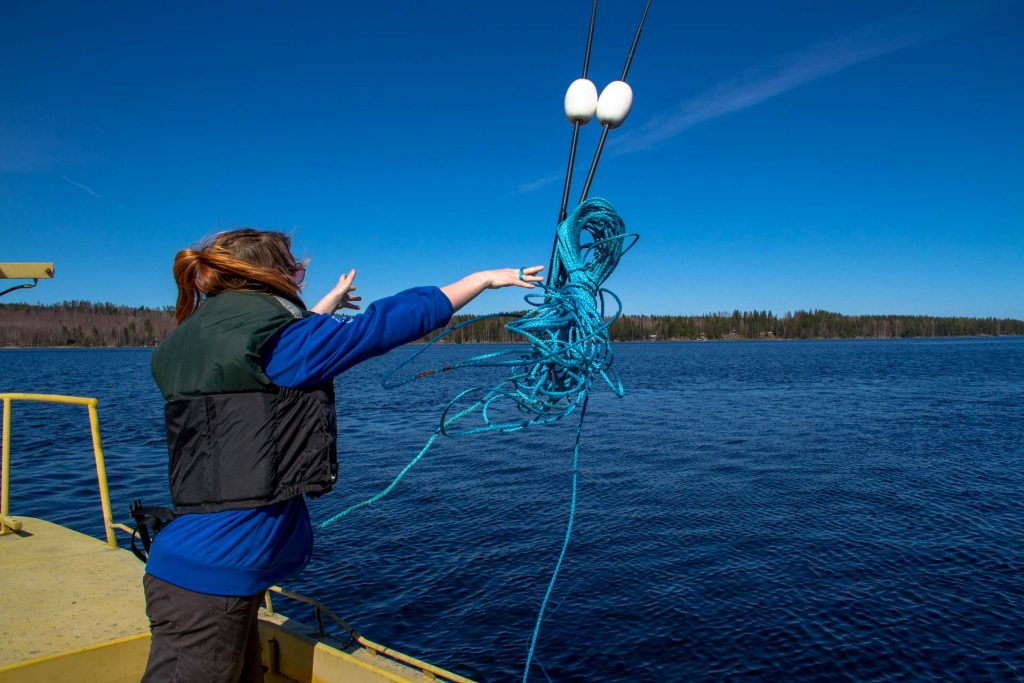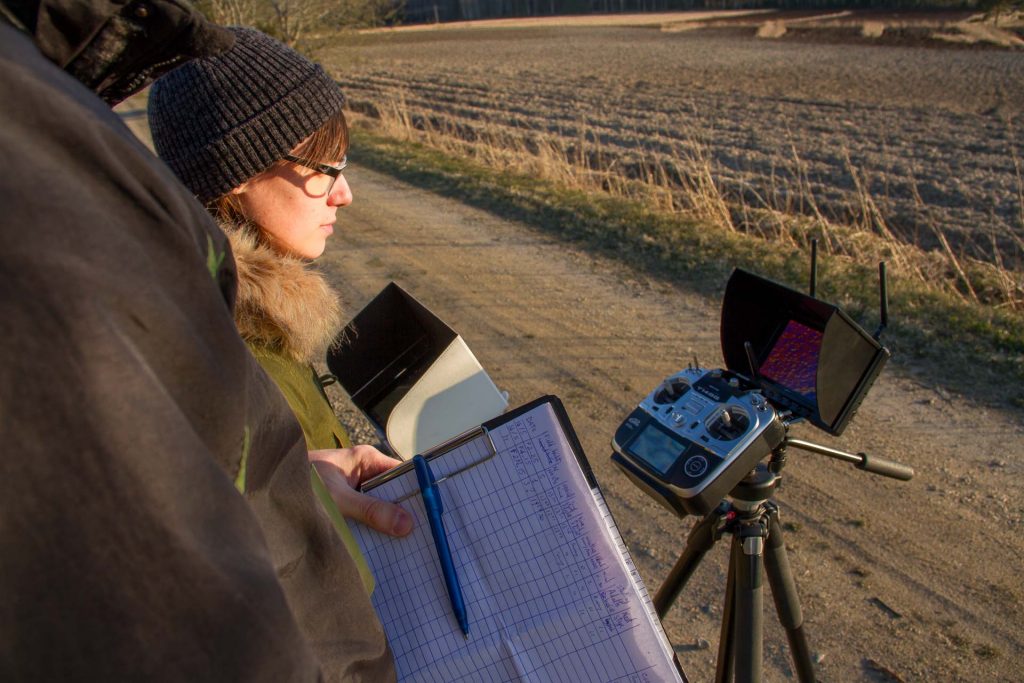
INAR RI Ecosystems organised together with MULTICS-project from University of Oulu a data management workshop in Hyytiälä 26th-27th of April. The workshop, titled “Little data, big data, no data ̶ Local data management in the era of Research Infrastructures” The workshop introduced local data management issues in the ecological and related scientific fields as well as its place within the emerging larger data landscape. About 30 participants from Finnish and Estonian Universities and Research institutes gathered in Hyytiälä to discuss, learn and share experiences on data management from station to national scale.
The researcher of the Multics project have studied data management of various units including ours during many years, and they provided excellent facilitation for the workshop. International speakers Karen Baker (Multics), Johannes Peterseil (Umweltbundesamt GmbH) and Sue Rennie, (Centre for Ecology & Hydrology, UK) brought perspectives of what data management is and how does is look like, of how data management is coordinated in monitoring network in UK and of influence of European level infrastructure development. In addition, we heard small presentations by participants giving examples of the current state and future plans and needs of data management at sites, research groups and projects. The problems that a data manager, or the person who finds her/himself as the one responsible of it (a data manager is not always clearly nominated) can encounter have a wide range. For example, it is not clear what to do with samples or data that no one knows anymore what it is (retired researchers and their collections). Also, research station know their routine measurements, but how to make the researchers tell what other measurement they are doing.
Data will be the key issue for tomorrow´s researchers. We need to make sure that the valuable, publicly funded data on the research sites are made available and the credits of its utilization goes to the right place. The data management starts from the sites but is reflected far. We, all the researchers and data management need to understand that data without a proper metadata has no value. The minimum requirement related to data management considers the metadata. We need to know what is studied and where, what kind of data is available. It is important to keep discussing on the data management issues to spread the information and help everyone to understand that it is not a must to be avoid but a significant and crucial part of research.
The workshop was successful. It was great to see the willingness to participate actively in discussions and the positive approach that participants have towards improving and developing the data management plans and strategies. The workshop can be seen as a good starting point for continuing the work together, and concrete steps forward were already planned. They include: 1) DEIMS inputs from new sites (and updating the old ones), 2) data management plans on the next RESTAT meeting agenda, and 3) building INAR RI Ecosystems metadata catalogue. We will also start a new email list, so that interested people can continue to receive and give peer support in the data management topics. Let us know, if you would like to join the list.
Text: Terhi Rasilo
Photo: Andrea Botero
